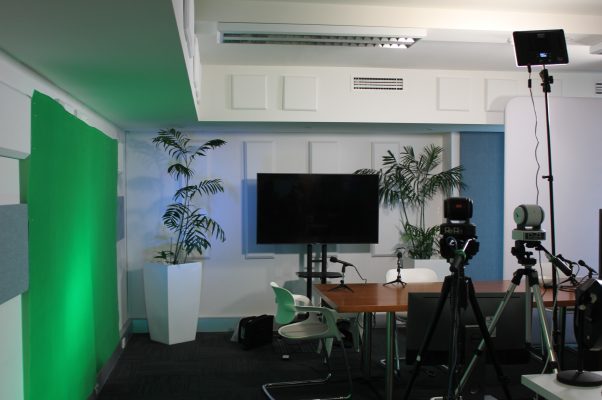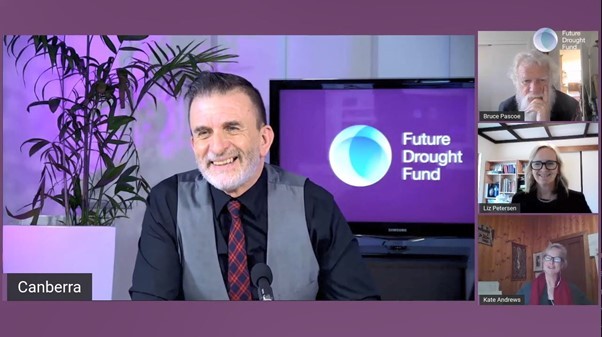In today’s rapidly evolving landscape, content consumers hold more power than ever before in deciding how, when, and where they engage with information. As modern communicators, it is crucial that we adapt to this shifting dynamic to ensure that our audiences receive content in the most effective and preferred manner.
While communicators work to develop capabilities at technology’s leading edge, there is no substitute for authentic two-way, face-to-face communication. Achieving this, however, is harder than ever before, as the expectations of audiences have changed. This conundrum poses new challenges for the modern communicator. We now need to consider how we:
- develop a dialogue with audiences that are dispersed across states, countries and continents
- reach and engage stakeholders that prefer to receive information through the screen of a computer or mobile phone and;
- acquire data to develop insights and improve future engagements.
This all leads to a question that all communicators should be considering: are webinars the way of the future?

In recent years, demand has continued to grow for a tool that helps communicators engage a more mobile, more empowered, more modern audience. Communicators, including those in government organisations, are now realising the benefits of webinars to engage with these audiences. Here’s why:

Reach
Webinars can reach any individual with an internet connection. This means phones, tablets, computers, Canberra, Canada or Cambodia; there are virtually no limits to who you can reach and engage. You can also record or pre-record webinar sessions, so that they become available to anyone who can’t make it to the live session.

A two-way interaction
Unlike a conventional presentation where a speaker addresses a room full of people and may then encourage questions during intervals, webinars give audience members the opportunity to ask written questions continuously throughout the presentation. This means questions can be submitted as soon they arise, and hosts are given the opportunity to decide how and when to answer them. Questions can also be asked anonymously by your webinar audience, encouraging participation and giving all participants a safe opportunity to share their voice.

Moderation and vetting
In relation to the above point, you may be considering the risks and challenges that come with giving your audience the power to freely share their opinions and questions during a live presentation, and you would be right to do so. For this very reason, webinars have secure systems in place to help with the moderation and vetting of audience enquiries. Webinars can easily be set up so that only enquiries approved by the host are published for the rest of the audience to see. Hosts can also remove questions that they deem to be inappropriate/irrelevant, or can disable the audience Q&A capability entirely.

Data, insights and collateral
As communicators, we want our messaging to be as clear and effective as possible. This means being curious about our audience, finding out more about them, and using the insights we gather to better craft future engagements. As data becomes a commodity of increasing availability and value, it’s important that we take opportunities to capture it, analyse it, and learn from it. Following a webinar, data-analytics (gathered through registrations, Q&As, and polls), session recordings and transcripts can all be produced. With a focus placed on user experience, these pieces of collateral can then be used to improve accessibility, learning, and future engagements.

As a society, there is no denying that our digital capabilities are growing. We can access more information, in more places, through more mediums than ever before. As communicators, it’s our responsibility to embrace these new innovations, expand our own capabilities, and meet our audiences where they want to be met, in the ways that work best for them. For this reason, perhaps webinars are the future in a digitally evolving world.
Interested in webinars?
contentgroup is pleased to offer a customised webinar service to meet your communication and business objectives. Check out our case studies on our website or get in touch today to learn how we can help you deliver your message or story through engaging, interactive webinars.
